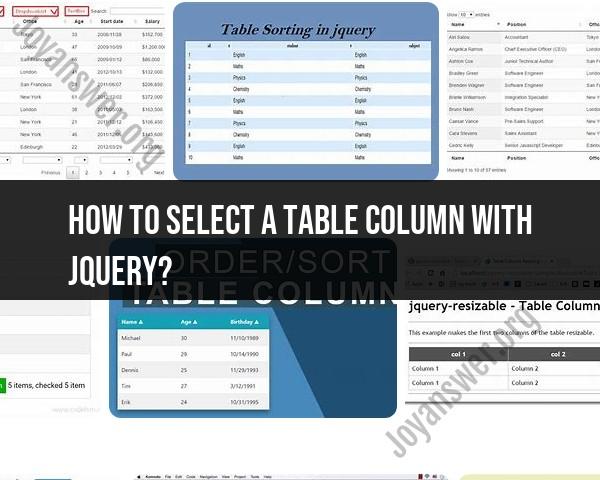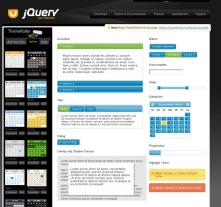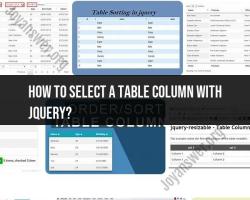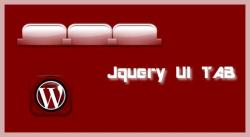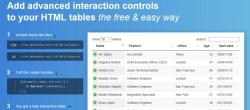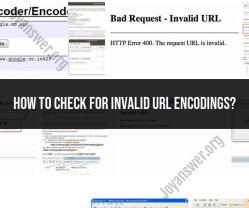How to select a table column with jQuery?
To select a table column using jQuery, you can target the <td> elements in the desired column by their index within each row (<tr>) of the table (<table>). Here's an example:
HTML structure for the table:
<table id="myTable">
<thead>
<tr>
<th>Column 1</th>
<th>Column 2</th>
<th>Column 3</th>
<!-- Add more headers if needed -->
</tr>
</thead>
<tbody>
<tr>
<td>Data 1</td>
<td>Data 2</td>
<td>Data 3</td>
<!-- Add more cells if needed -->
</tr>
<!-- Add more rows if needed -->
</tbody>
</table>
jQuery code to select a specific column:
$(document).ready(function() {
// Click event or any trigger to select the column
$('#selectColumn').on('click', function() {
var columnIndex = 1; // Change this to the index of the column you want to select (index starts from 0)
// Select the cells in the specified column using :nth-child selector
$('#myTable tbody tr').each(function() {
var cellInColumn = $(this).find('td').eq(columnIndex);
// Do something with the cell content or apply modifications
console.log(cellInColumn.text());
// You can modify this line to suit your needs, e.g., append to a list, manipulate the content, etc.
});
});
});
In this example:
var columnIndex = 1;specifies the index of the column you want to select. Change this number to select a different column (index starts from 0, where 0 represents the first column).$('#myTable tbody tr').each()iterates through each row (<tr>) in the table body (<tbody>).$(this).find('td').eq(columnIndex);selects the<td>element at the specified column index within each row using theeq()method.cellInColumn.text()retrieves the text content of the selected cell. Modify this line to perform different actions based on the content of the cells in the selected column.
This code selects a specific column in the table and allows you to perform actions on the cells within that column. Adjust the columnIndex variable to select the desired column in the table.
1. Selecting a Specific Table Column with jQuery
There are two main methods to select a specific table column using jQuery:
- Using the
:nth-child()selector: The:nth-child()selector can be used to select the nth child element of a parent element. For example, the following code selects the third column in a table:
$('table td:nth-child(3)').css('background-color', '#ccc');
- Using the
eq()method: Theeq()method can be used to select the element at a specific index. For example, the following code selects the second column in a table:
$('table td').eq(1).css('background-color', '#ccc');
2. Manipulating Table Columns Using jQuery
There are many different methods to manipulate table columns using jQuery. Some of the most common methods include:
Adding or removing columns: The
append()andremove()methods can be used to add or remove columns to a table.Changing the width of columns: The
css()method can be used to change the width of columns.Hiding or showing columns: The
hide()andshow()methods can be used to hide or show columns.Changing the background color of columns: The
css()method can be used to change the background color of columns.Adding or removing rows from columns: The
append()andremove()methods can be used to add or remove rows from columns.Changing the content of cells: The
html()andtext()methods can be used to change the content of cells.
3. Performance Considerations When Selecting Table Columns with jQuery
There are a few performance considerations to keep in mind when selecting table columns with jQuery:
Use the
:nth-child()selector when possible: The:nth-child()selector is more performant than theeq()method, especially when selecting columns from a large table.Avoid using complex selectors: Complex selectors can be slow to execute. Try to simplify your selectors as much as possible.
Use caching when possible: If you are selecting a column multiple times, you can cache the result of the selection to improve performance.
Use a library like DataTables if you are working with large tables: DataTables is a library that can help you to improve the performance of working with large tables.
